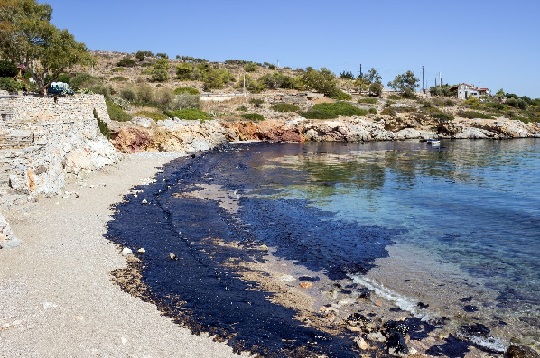Article
Biobased Bioremediation Materials Remove Contaminants, Like Oil Spills

Bioremediation is a process for using live organisms to neutralize or remove harmful pollutants from contaminated areas. Microbes, tiny organisms found naturally in the environment, are used to clean up contaminated soil and groundwater. These bacterial microorganisms are nature's helpers reclaiming polluted soil and water. Contaminants treated using bioremediation include oil and other petroleum products, solvents, and pesticides.
For example, bioremediation is being used to reclaim groundwater contaminated with dry
cleaning solvent at the Iceland Coin Laundry Superfund site in New Jersey. Preliminary
testing of the groundwater has shown that bioremediation is working, and contaminant
concentrations are decreasing. The objective is to continue to reduce the concentration
of contaminants from 10 or more parts per billion to less than 1 part per billion.
Source:
https://cumulis.epa.gov/supercpad/SiteProfiles/index.cfm?fuseaction=second.cleanup&id=0204037
Bioremediation may be done "in situ" right at the contamination site or "ex situ" where
contaminated materials are moved to a treatment location.
Biobased Bioremediation Materials are a category of biobased products the Federal Government is required to give a purchasing preference. Defined as "dry or liquid solutions (including those containing bacteria or other microbes but not including sorbent materials) used to clean oil, fuel, and other hazardous spill sites." To qualify for the BioPreferred Program, the bioremediation materials must be at least 86% biobased.
Listed in the USDA BioPreferred Program Catalog are many types of bioremediation materials. Because the type of spill determines the type of bioremediation materials that will be effective, it is important to select bioremediation materials based on the specifics of the spill or other contamination. For example, there are biobased bioremediation materials designed specifically for petroleum, heavy metals, greases, pesticides, solvents, and sewage.
